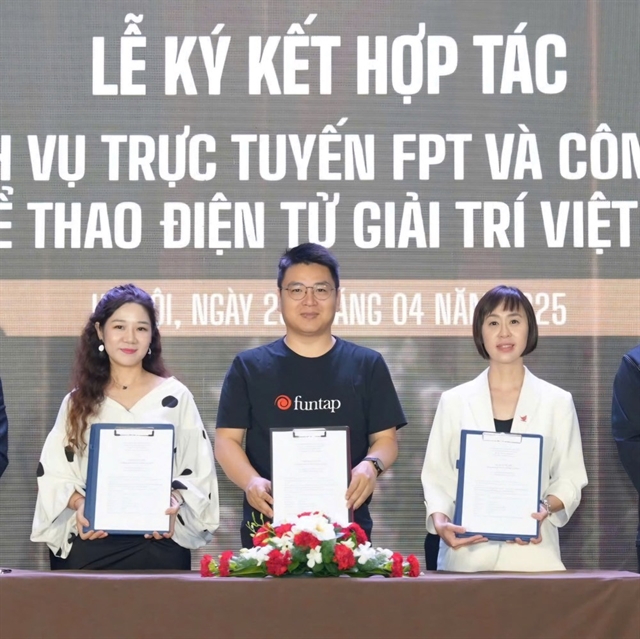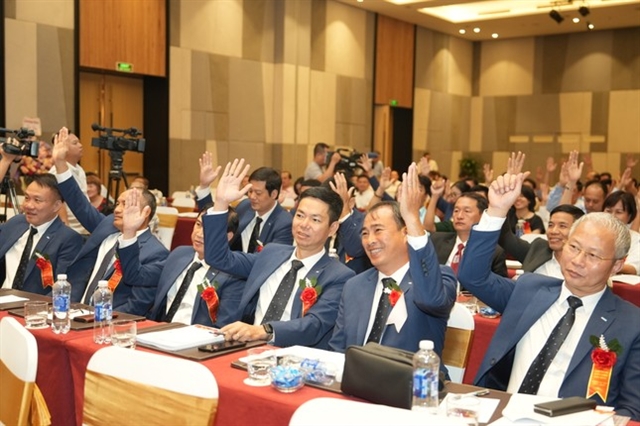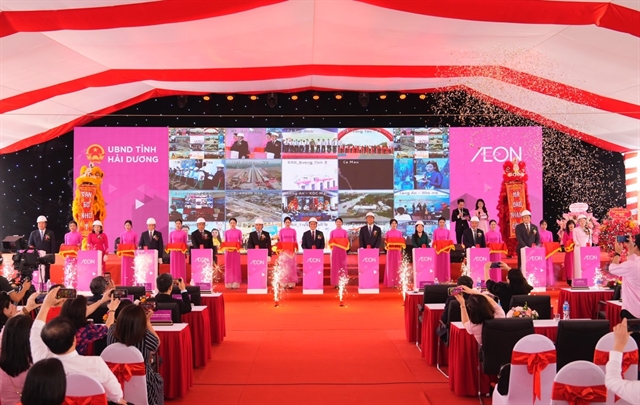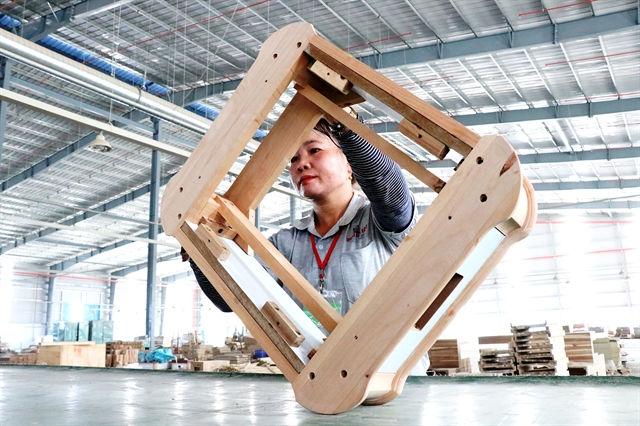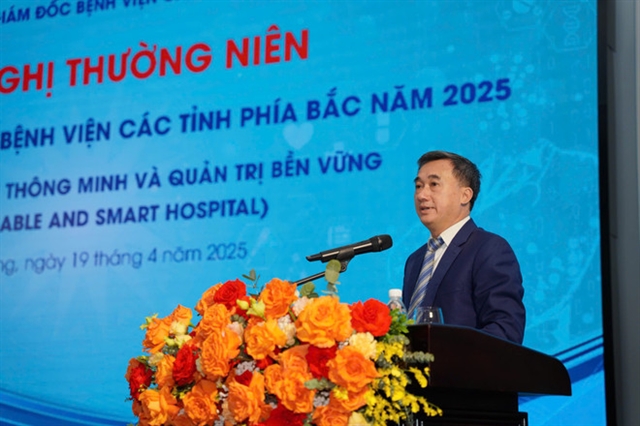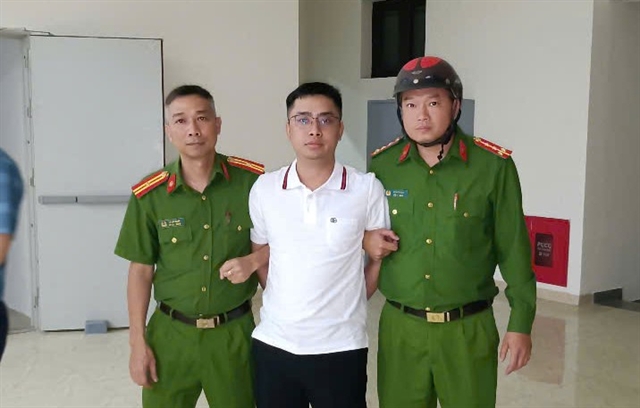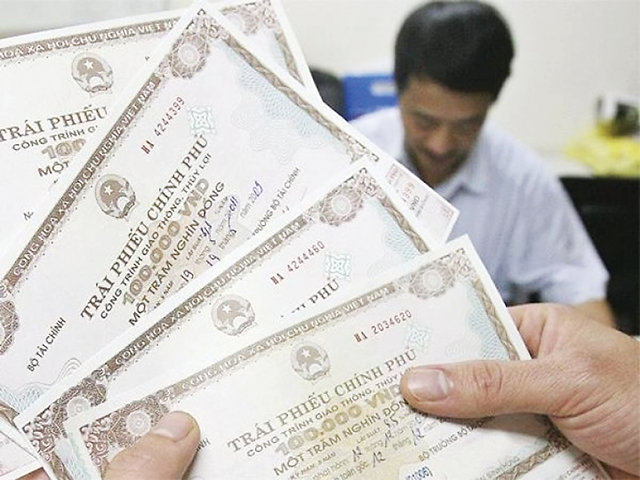

Trained ethnic village birth attendants (TEVAs) have played a remarkable role in reducing maternal and neo-natal mortality rates, especially in the mountainous and remote areas of Việt Nam.
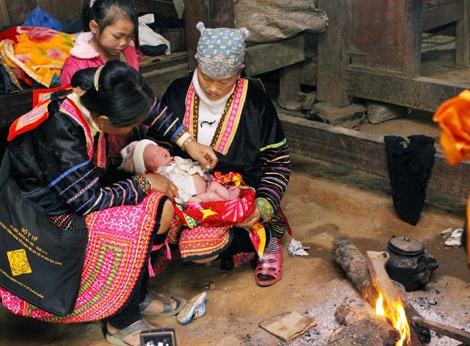 |
| A trained ethnic village birth attendant provides maternal service to a mother in northern Điện Biên Province. — VNA/VNS Photo Dương Ngọc |
HÀ NỘI — Trained ethnic village birth attendants (TEVAs) have played a remarkable role in reducing maternal and neo-natal mortality rates, especially in the mountainous and remote areas of Việt Nam.
This was said at a ceremony held on Wednesday in Hà Nội to honour TEVAs.
TEVAs are selected from ethnic minority communities and are trained for at least nine months in medical schools to provide services to pregnant women in remote and difficult areas. With an understanding of local cultures and indigenous customs, TEVAs can easily communicate with the ethnic communities and provide safe motherhood services.
Y Ngọc, 38, is a Xê Đăng ethnic attendant in Kạch Lớn hamlet in Đăk Sao Commune. She hails from Tu Mơ Rông District in the Central Highlands’ Kon Tum Province. Her job is to visit pregnant women in their homes to provide pre-natal check-up, consultation and maternal care services.
“I send pregnant woman who are at medical risks or those who will soon go into labour to medical stations and sometimes even help them to give birth at home or on the way to a medical station,” said Ngọc.
In 2017 alone, she conducted 132 pre-natal check-ups and sent two pregnant women with complications to hospitals for timely examination and treatment in Kạch Lớn hamlet.
Thanks to Ngọc’s contribution, the rate of pre-natal check-ups increased from 50 per cent in 2009 to 93 per cent in 2017, while the rate of delivery in health clinics increased from 20 per cent in 2009 to 60.9 per cent in 2017.
Ngọc is among 66 TEVAs, representing nearly 3,000 TEVAs across the country, to be honoured at the ceremony.
“Việt Nam still faces challenges in maternal and neo-natal healthcare due to huge gaps in health conditions and maternal and neo-natal mortality between regions and ethnic and minority groups. The maternal and neo-natal mortality rates in the mountainous and remote areas are three to four times higher than those in urban and plain regions,” said deputy health minister Nguyễn Viết Tiến.
“Training ethnic village birth attendants in mountainous and difficult areas is a temporary but effective measure to minimise geographical, cultural and financial gaps to help ethnic women get access to pre-natal check-ups, safe delivery options and post-delivery care services,” said Tiến.
According to the health ministry, the country currently has 2,611 TEVAs working in 8,165 difficult villages and hamlets across the country. TEVAs visit families to provide healthcare consultations and encourage pregnant women to go to health clinics for regular prenatal check-ups as well as for giving births.
“We are delighted to see that Việt Nam managed to reduce the under-five mortality rate (per 1,000 live births) from 51 in 1990 to 24 in 2013 and the maternal mortality ratio (per 100,000 live births) from 140 in 1990 to 49 in 2013. This decreasing trend continued during 2013-2015,” said Stefano Manservisi, director general of the European Union’s Directorate for International Cooperation and Development.
“The European Union’s support has been focused in the poorest of provinces, where mother and child health-related indicators are also low compared to that of the better-off regions. During 2015-2017, with our support, the percentage of deliveries attended by trained health staff has increased significantly, while the infant mortality rate has decreased in all 10 provinces,” said Manservisi.
The EU has been the largest ODA (Official Development Assistance) donor and strategic partner of Việt Nam’s health sector. Under the country’s health policy support programmes, the EU focuses on the poorest provinces and most disadvantaged districts --- home to ethnic minority groups --- helping with the training of health professionals (including TEVAs), provision of essential medical equipment and supplies and standardisation of clinical guidelines for health services. — VNS


